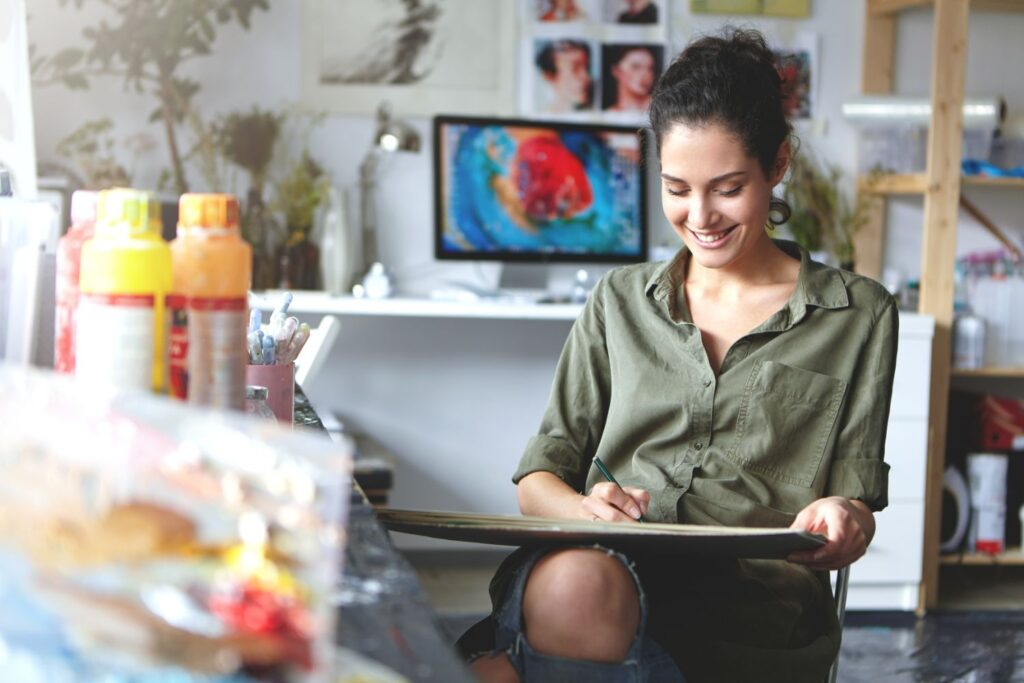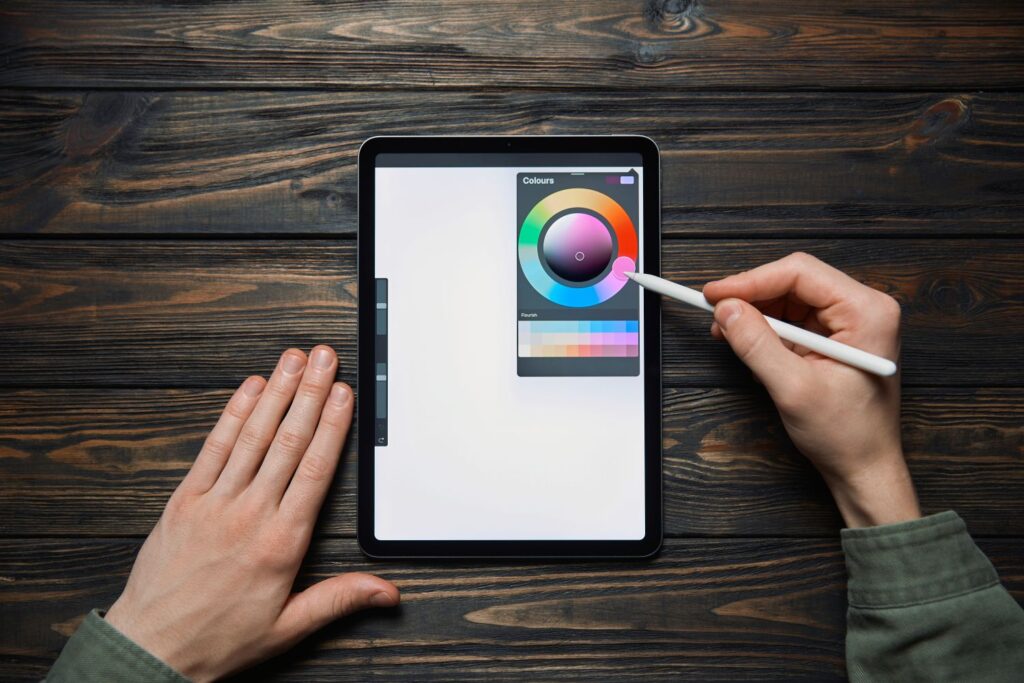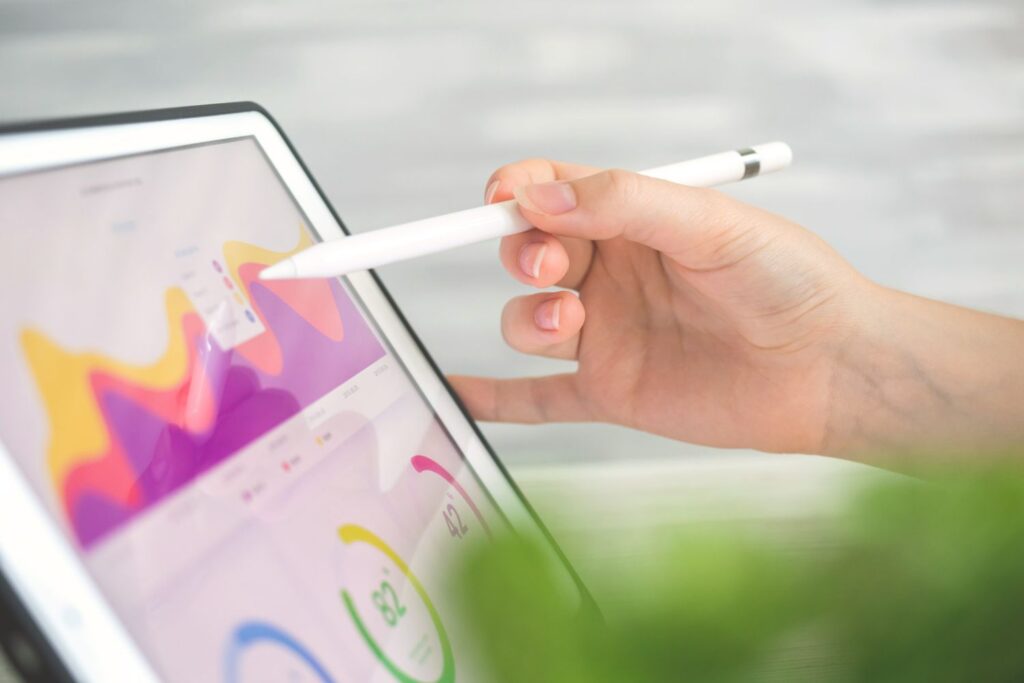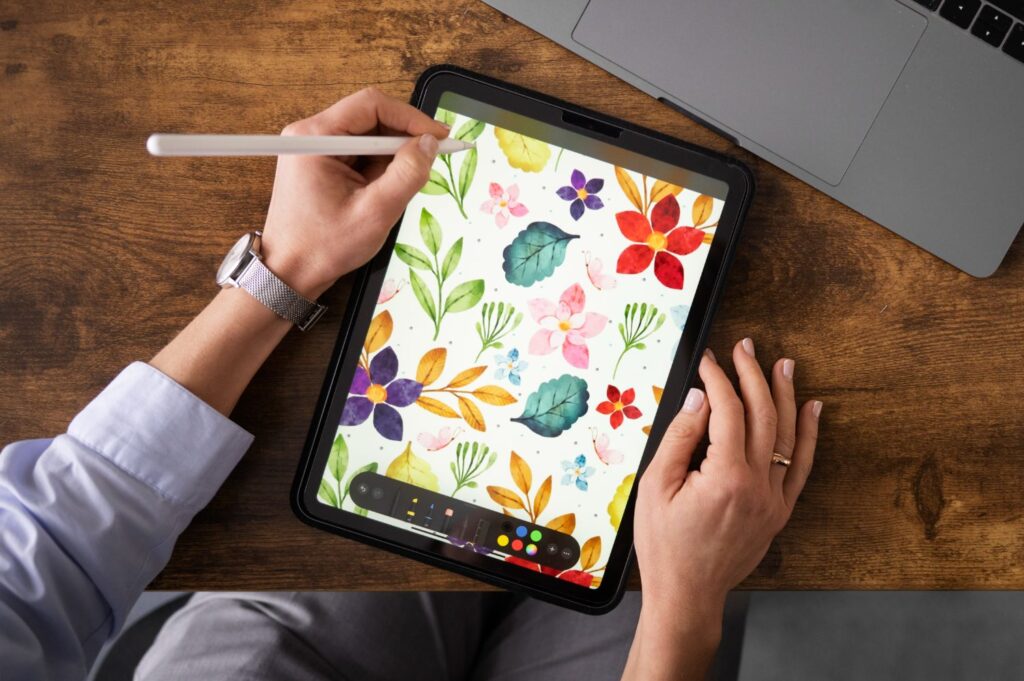As an artist, there are few things more frustrating than Procreate lagging in the middle of your artwork. Procreate is a powerful tool that has transformed the world of digital art, but it’s not without its faults. If you’re struggling with lagging issues and want to know why Procreate is lagging and how you can fix it, this FAQ guide is for you.
1. What Is Procreate?
Procreate is a raster graphics editor app designed specifically for digital painting. Compatible with iOS and iPadOS, this application has become extremely popular among artists due to its user-friendly interface and range of professional-grade features.
2. What Causes Lagging in Procreate?
Lagging in Procreate can be caused by various factors, including outdated software, device limitations, excessive brush size or canvas complexity, low battery, among other reasons.
3. Does the iPad Model Affect Procreate’s Performance?
Yes, the iPad model can significantly impact the performance of Procreate. The more advanced models typically have more powerful processors and greater memory capacity, allowing for smoother operation and less lag.
4. What’s the Impact of Software Updates on Procreate?
Keeping your apps and iPad software up to date is crucial for performance and compatibility. Each new update oftentimes includes bug fixes and performance enhancements, minimizing potential lag issues.
5. Do Brush Size or Canvas Complexity Affect Procreate Performance?
Indeed, larger brushes or complex canvases with multiple layers can demand more from your device and cause Procreate to lag. Adjusting these settings can often result in a significant performance boost.
6. Can A Low Battery Cause Procreate to Lag?
When your iPad’s battery is low, the device may enter a low power mode, reducing performance to conserve energy. This could cause Procreate to lag. Charging your iPad can potentially rectify the issue.
7. Can Settings Within Procreate Affect Performance?
Certainly! Certain Procreate settings, such as Streamline, Smudge, and Alpha Lock, can affect performance. Modifying these settings can improve the application’s response time.
8. How Can I Improve Procreate’s Performance?
Several tips can improve Procreate’s performance, such as updating your software, reducing brush size and canvas complexity, ensuring Adequate battery levels, and adjusting performance-impacting settings in Procreate.
9. Does Deleting Unnecessary Files Help?
Removing unnecessary files and apps you’re no longer using can free up storage space and system resources, indeed potentially boosting Procreate’s performance.
10. Does Restarting the iPad Help?
Like any other device, giving your iPad a quick reboot can solve minor software glitches and freshen up the system resources, improving the overall efficiency and reducing lag.
11. What Are Other Possible Solutions?
You can also close other open apps to free up memory, disable notifications, and Background App Refresh, and reduce transparency and motion effects in the iPad settings. All these can contribute to enhancing Procreate’s performance.
12. Does Procreate Offer Any Built-in Tools to Help with Performance?
Yes, Procreate does have a built-in function called ‘Rapid Undo Delay.’ This setting controls the delay between holding the screen for a rapid undo and the start of the undo sequence, which can often help with performance issues.
Conclusion
While Procreate lagging can be frustrating, understanding the cause can be the first step in finding a solution. With the insights from this FAQ guide, you not only know why these lags occur but also several practical solutions you can implement right now to improve performance and create seamlessly in Procreate. Remember, software demands evolve over time, so it’s crucial to regularly update both your device and your applications to ensure you always have the best experience.





